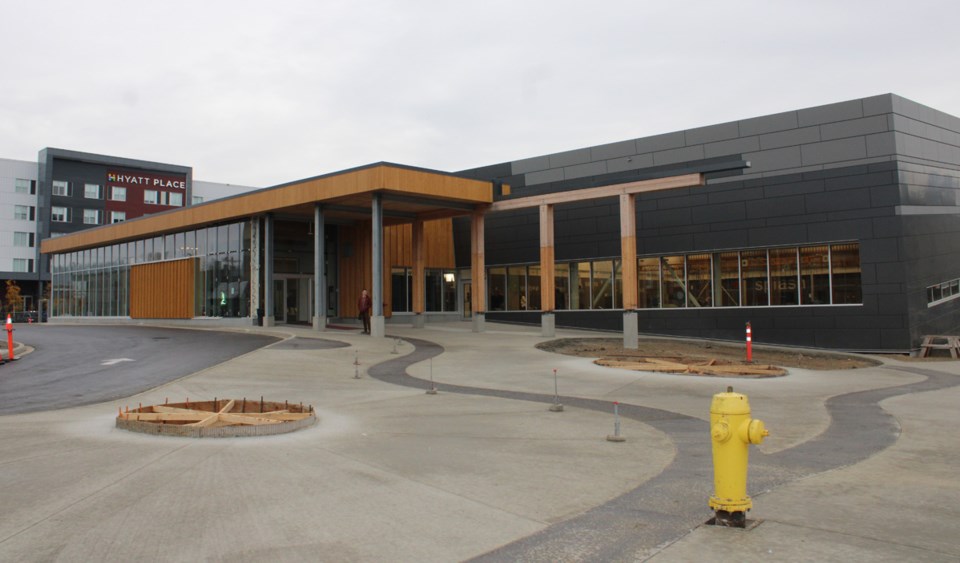If there’s one thing I want for Christmas, it’s a healthy, thriving Northern B.C. economy owned by northerners.
In the late 70s and early 80s, Prince George had the distinction of having the highest income and the most millionaires per capita in Canada.
The reason we had that was pretty simple: we had dozens of sawmills and supporting industries and most of them were locally owned.
That’s mostly long gone.
But how do we get local enterprise happening again?
Well, our government can give more opportunities to locals, for starters.
One of the odd things I noticed about our new $40 million swimming pool is that it was designed by HDR Inc, a design firm with 11,000 employees headquartered in Omaha, Nebraska.
We have a college and a university in this town. We have lots of smart people and world class designers.
We could have designed a pool.
And that pool could have used more local products.
You may not believe this, but that’s radiata pine on the pool’s exterior siding, from New Zealand and Chile.
They claim it performs better than our local cedar, but I doubt it makes long-term economic sense.
We burn enough cedar as waste in a single inland rainforest clearcut to supply the pool with hundreds of years’ worth of siding.
If we weren’t so obsessed with shiny, branded products (the siding is called ‘Accoya’), and were it legal to salvage slash piles, this could have happened.
Regardless, there is no reason to hire an American firm to spec out wood products from another hemisphere for a public project in a lumber town. And what’s the point of having built a “Wood Innovation Centre” if we are buying offshore pine for our “Canfor” pool?
Prince George should be firm on a shop local policy, especially lumber products.
Another example is the B.C. Government hiring CBRE to manage upkeep of B.C. government properties for $190 million per year.
This company, with 105,000 employees and headquartered in Dallas, Texas, replaced the Ontario-based BGIS, another large property management firm, back in 2020.
I briefly worked for BGIS to wrap up some projects prior to the transfer, and the magic is not in Dallas or Ontario.
It’s the local B.C. Government Employees Union members and resident facility managers who do the actual project management.
Up until 2004 we did this through a crown corporation, the B.C. Building Corporation, or BCBC.
It wasn’t perfect, but the project management fees off the top, which currently go to Dallas, stayed in B.C.
We have opportunities to resurrect our local economic sovereignty, to create a community of ownership, to support our local contractors and suppliers.
We just need our government to stop playing the Scrooge with the local population and start giving us the gift of opportunity.
James Steidle is a Prince George writer.


